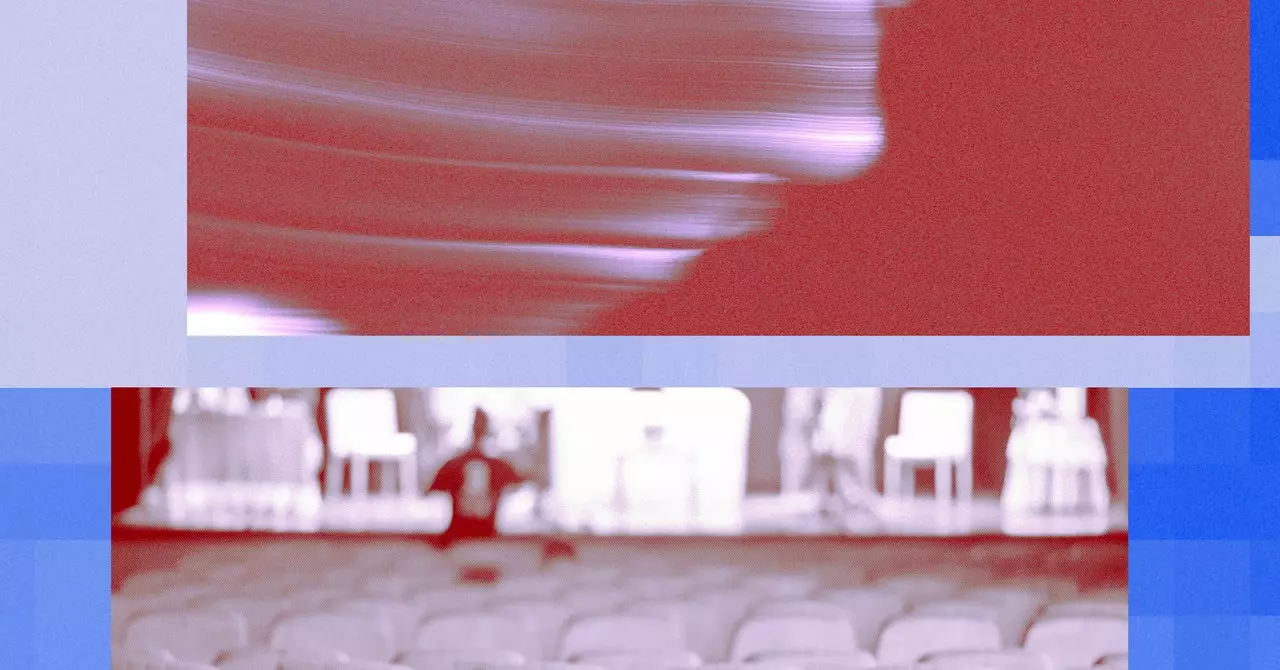Sitting in the vibrant atmosphere of Lincoln Center, accompanied by the expectant buzz of the audience awaiting the premiere of Ayad Akhtar’s McNeal, thoughts of the intertwining narratives of theater and artificial intelligence came to mind. This latest production features Robert Downey Jr. in a headline role, but it also incorporates an element that’s distinctly modern: a supporting role performed by artificial intelligence itself—ChatGPT. Such a collaboration prompts an exploration of a long-standing dialogue between playwrights and the implications of technological innovation.
The concerns about artificial intelligence are not a recent phenomenon. Karel Čapek, a Czech playwright, penned R.U.R. (Rossum’s Universal Robots) back in 1920, introducing the term “robot” to the world. His dystopian narrative foresaw a future where androids revolt against their creators, leading to the near extinction of humanity—a strikingly prescient scenario that positions Čapek as perhaps the first of the AI doomsayers. His legacy serves as a foundation for understanding how the arts reflect societal anxieties about technology.
In this modern landscape, the dialogue continues with contemporary playwrights grappling with similar themes. Just this winter, a production entitled Doomers captured the tension surrounding OpenAI’s internal upheaval—a dramatic retelling of Sam Altman’s unexpected ousting followed by a concerning but ultimately triumphant return, paralleling Shakespearean plots of betrayal and resolution.
At its core, Doomers, crafted by Matthew Gasda, highlights a zeitgeist defined by existential uncertainties surrounding AI’s role in creative processes. Gasda, known for his incisive examinations of subcultures, has shaped a narrative that interrogates the ethical and moral dilemmas birthed by societal reliance on technology. With dual castings embodying both the board members involved in Altman’s dismissal and those who supported him, the play oscillates between privilege and panic, moral questioning and cynicism.
The obscured message within Gasda’s script poses intriguing interpretations. As characters delve into their own predicaments with booze and mushrooms—elements of escape and avoidance—there appears to be an implicit acknowledgment of their complicity in the rise of AI. Gasda’s intention to mirror societal denial regarding the repercussions of burgeoning technology complicates any straightforward messaging. The inclusion of a latent AI manipulator within the narrative reflects an uneasy truth—whether that manipulation is mere fiction or a plausible reality remains a question the audience must dive deep into.
At the same time, McNeal takes a bolder approach to the interplay between creativity and artificial intelligence. With a technological backbone running through its structure—flashing screens displaying AI-generated prompts and responses—the play opens a dialogue about the allure and danger of using AI as a creative tool. Robert Downey Jr.’s character, Jacob McNeal, is portrayed as a deeply flawed novelist who becomes entranced by the capabilities of a large language model, making the narrative a cautionary tale about the temptation of outsourcing authenticity in creative expression.
Akhtar’s reflection in The Atlantic discusses how experimentation with AI has not only influenced his writing process but has also fundamentally altered the essence of his narrative. In an ironic twist, he allows ChatGPT to have the final word, blurring the lines between author and algorithm in an artistically and philosophically provocative manner. Here, we encounter a striking reality: that the stakes of AI’s integration into creative fields are woven into the fabric of societal expression itself.
As we navigate through these multiple productions, a critical observation emerges: the tension between human creativity and artificial intelligence has become a compelling focal point in contemporary theatre. What does it mean for artists to collaborate with tools that potentially threaten their craft? Will the advent of AI dilute human expression, or will it act as a catalyst for deeper exploration and innovation?
The conversations sparked by these plays—discussions laden with themes of morality, authenticity, and technological upheaval—suggest that the issues surrounding AI and creativity are far from straightforward. They beckon audiences to engage deeply with the narratives presented, reflect on their own relationship with technology, and ponder the implications for the future of artistic expression.
In closing, the stage is set for a new era of storytelling—one where the voices of both human and machine intertwine, posing questions that are as relevant to theatre-goers as they are to thinkers in Silicon Valley and beyond. The ultimate resolution remains to be seen, but the urgency and importance of these conversations can hardly be overstated.


Leave a Reply
You must be logged in to post a comment.